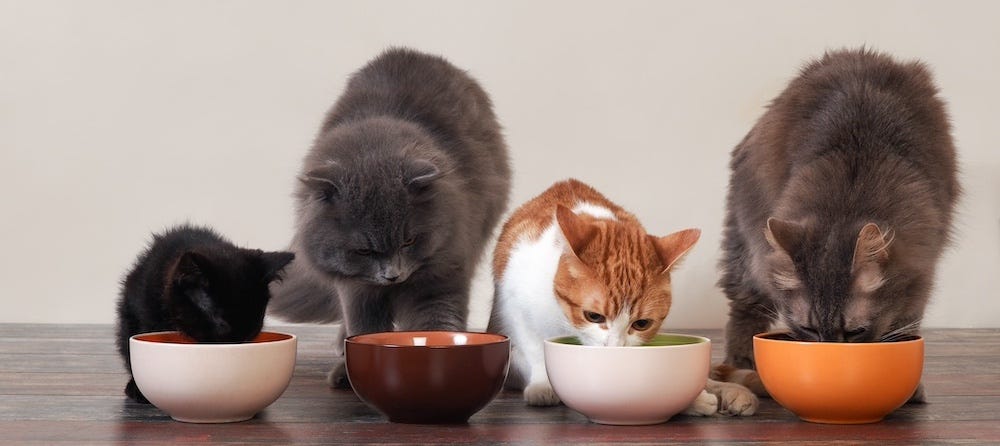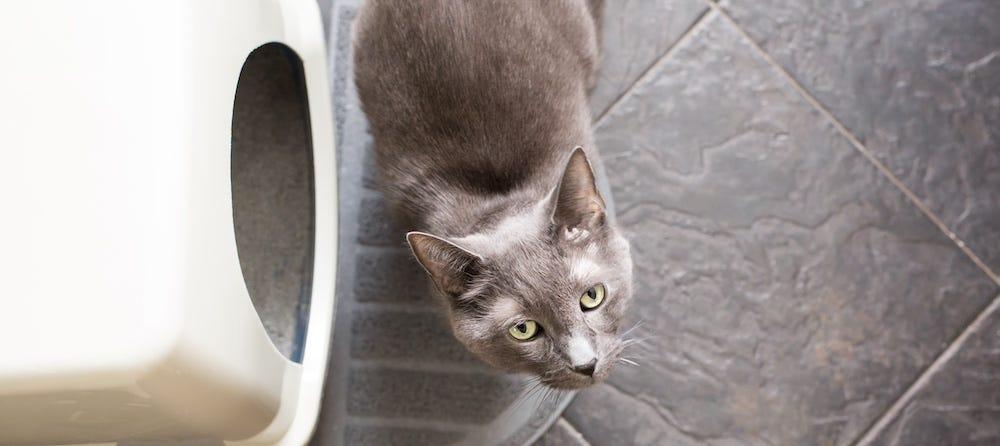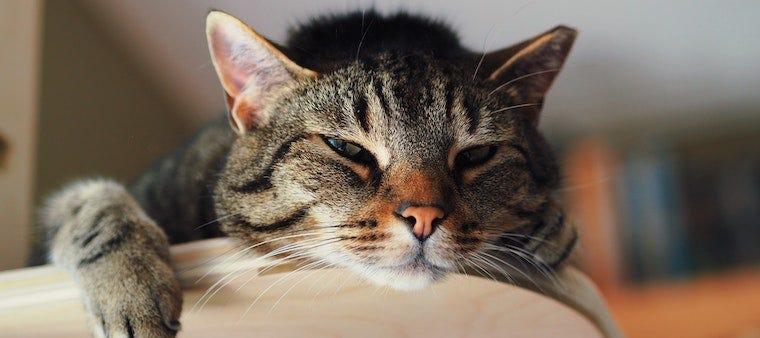First of all, International Cat Care would have you know that FLUTD is not actually one disease, but rather a term that encompasses a number of issues that can arise within the bladder and urethra of your cat.
Signs Of Feline Lower Urinary Tract Disease (FLUTD)
It can be quite difficult to identify the source of the problem that your cat is experiencing, but here are some various indications of a possible issue relating to your cat’s lower urinary tract:
- Dysuria – painful urination
- Pollakiuria – increased frequency of urination
- Haematuria – blood in urine
- Periuria – inappropriate elimination
- Overgrooming – excessive licking around the perineum
- Behavioral Changes – inappropriate elimination, aggression or irritation
- Stranguria – urethral blockage
Highest Risk Of Feline Lower Urinary Tract Disease (FLUTD)
Approximately 1-3% of cats are afflicted by FLUTD every year, but because of how many different manifestations there are of the disease, it can affect all cats relatively evenly. However, these factors tend to result in higher instances of FLUTD:
- Middle-aged
- Neutered
- Obese
- Lack of exercise
- Exclusively indoor
- Exclusively dry food
Causes Of Feline Lower Urinary Tract Disease (FLUTD)
Several specific diseases can lead to or cause FLUTD. Although they vary in concentration from one geographic area to another and amongst different breeds, these are the major causes:
- Urolithiasis – bladder stones
- Bacterial Infections – bacterial infection of the bladder
- Urethral Plugs – blockage or obstruction of the urethra
- Anatomical Defects – fibrous scar tissue accumulating in and narrowing the urethra
- Neoplasia – cancerous tumor in the bladder or urethra
- Idiopathic Cystitis – inflammation of the bladder without known cause
Methods Of Investigating Feline Lower Urinary Tract Disease (FLUTD)
It’s very important for you to keep a close eye on a cat that you believe to be exhibiting signs of FLUTD. If the issue(s) persist, however, it’s even more important that you get your cat into the veterinarian immediately to perform a series of investigations to find the principal cause. Common methods of investigation include:
- Urinalysis – analyzing a sample of urine
- X-rays – taking x-rays of the bladder and urethra
- Ultrasound – performing an ultrasound on the bladder
- Biopsies – taking a tissue sample of the bladder wall
Hopefully, you’ll never have to experience or deal with any of these signs, causes or methods of investigation, but should an issue present itself and you believe that your cat may be afflicted with FLUTD, the best thing to do is to bring your cat in for inspection by the veterinarian.




